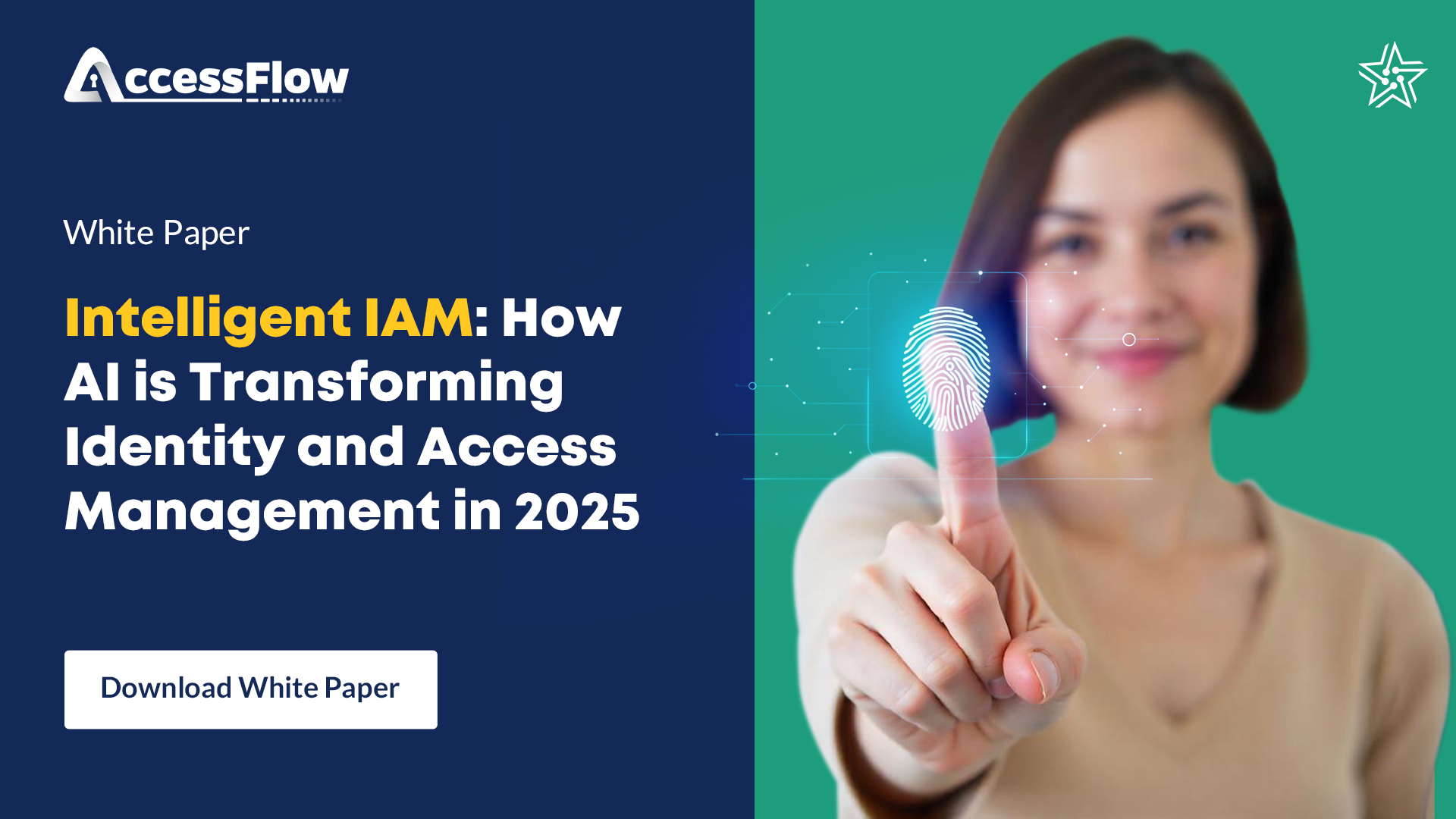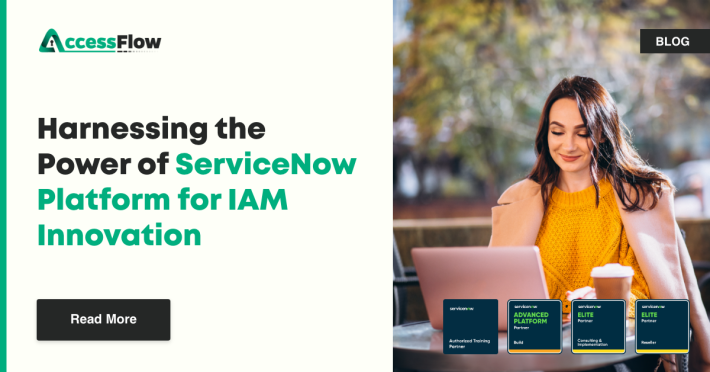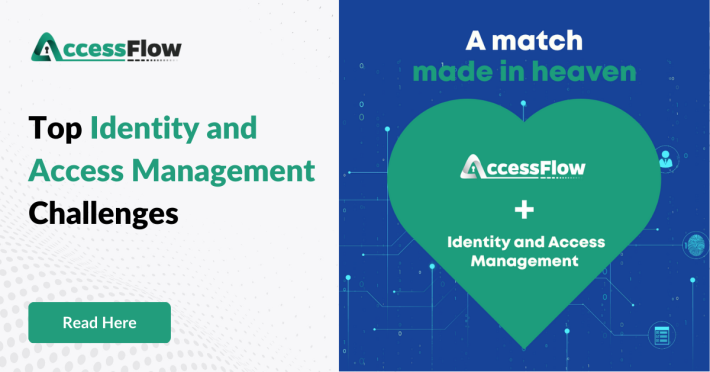Don’t Take Access Management and Governance Seriously Only After You Are Attacked!

Every individual within the organization, irrespective of their role, has access to valuable data through various systems and applications. With the flexibility of remote work and the use of personal devices, the attack surface has expanded exponentially. Envision the potential chaos and confusion without an effective Access Management process. This is not merely a hypothetical risk; it’s a tangible vulnerability waiting to be exploited. The traditional methods of protecting IT infrastructure are thus no longer sufficient to safeguard user identities. The need for a proactive and efficient Access Management process is critical more than ever in our interconnected and ever-evolving digital landscape.
Why Identity Centric Security Is Important?
More than 70% of data breaches stem from insider actions, pointing to a significant risk originating from an organization’s IT users or compromised accounts. With the prevalence of Bring Your Own Device (BYOD) and remote work cultures, IT users accessing corporate resources from various locations underscore the shift in cybersecurity focus. The pivotal need for enterprises now lies in identity-centric security, surpassing the traditional emphasis on network and perimeter-based security.
Consequences of Cyber Attacks
As per Forbes statistics, a staggering 66% of businesses have fallen victim to a cyber-attack in past 12 months. Even more concerning, a whopping 83% of small and medium-sized enterprises lack the financial readiness to bounce back from such attacks. Surprisingly, only a meager 14% of small businesses rate their cyber-attack preparedness and risk mitigation as highly effective.
Benjamin Franklin’s wisdom echoes through time: ‘It takes many good deeds to build a good reputation, and only one bad one to lose it.’ In the world of cybercrime, this rings especially true. A breached organization, especially one that fails to safeguard customer data, risks a severe blow to customer and stakeholder trust—the most detrimental effect of cybercrime. This loss can translate into an immediate revenue decline and a tarnished brand, undoing the hard work put into its establishment. Beyond financial losses, non-compliance with data protection laws can lead to significant monetary penalties for businesses.
Here are some prevalent business impacts resulting from cyber-attacks:
- Reputational Damages
- Decreased Market Value
- Loss of Confidential Information
- Financial Losses
- Penalties and Legal Implications
Safeguard Against Access Control Attacks
Organizations can defend themselves by adopting to advanced IAM solution with capabilities such as Single Sign-On (SSO), Password Management, Access Request, Identity Lifecycle Management, Adaptive Multifactor Authentication (MFA), Identity Governance and Administration (IGA), and Access Certification. These technologies serve as robust barriers against security breaches.
Here are some industry best practices to further safeguard against cyber-attacks:
- Centralized and Automated Identity Lifecycle Management
In every organization, change is a constant. With new hires, role changes, and departures, the dynamics of employee roles undergo a constant shift, known as Joiners, Movers, and Leavers (JML). Managing authorizations for these transitions is a crucial task. Without the efficiency of centralized IT tools, this process becomes time-consuming. Lack of automatic data synchronization leads to continuous manual analysis, verification, and updates of authorizations.
To streamline this complex lifecycle, it’s imperative to adopt an IAM solution that automates provisioning, deprovisioning, and identity management based on roles. Centralized management ensures that when changes occur—whether it’s a new hire, role change, or departure—the synchronization of identity types happens in real-time, eliminating delays and enhancing efficiency.
- Correct Access Management Setup
Account management is a silent guardian in safeguarding access control systems. Its implementation empowers your company to meticulously monitor account privilege levels, ensuring a robust security posture. Additionally, the ability to seamlessly delete inactive accounts becomes a streamlined process. Organizations can further enhance this efficiency by adopting an Identity Governance and Administration (IGA) solution, centralizing and optimizing the account management process.
- Multi-Factor Authentication (MFA)
Adopting a single authentication method leaves vulnerabilities, as it can be easily compromised. Many Organizations continue to depend on username/password authentication, exposing them to various attacks. Today, the deployment of additional authentication types before granting access has become crucial. To strengthen authentication checks, businesses must use a combination of the following methods:
- Something you know (eg., a password)
- Something you have (eg., a smart card)
- Something you are (eg., a fingerprint)
This multi-layered approach adds robustness to the authentication process, enhancing overall security.
- Least Privilege
Granting employees broad access to extensive information and applications remains a major cause of frequent security challenges. The root causes? Unclear role definitions, inaccurate identity classifications, and unrestricted access to data in applications. Despite investments in external threat defense technologies, significant breaches persist.
To mitigate the risk of security events and data leaks, organizations must exert strict control over both internal and external employee access. Embracing the least privilege concept becomes paramount – granting employees only the access necessary for their roles. By adhering to this principle, even in the event of an account compromise, the hacker gains minimal access, reducing the potential impact of a security breach.”
- Account Lockout Policies
Enforcing stringent account lockout policies is a critical step for businesses. Typically, an account is set to lock after five consecutive unsuccessful login attempts. However, organizations should customize this setting according to their specific security needs and risk tolerance.
- IAM Audits
Vital to track and monitor are the ‘who, when, what, and where’ aspects of privilege usage, including successful and unsuccessful logons, changes to privileged access, and user accesses within the system. Neglecting inactive account clean-up opens a gateway for unauthorized access and system compromise. Recording these details isn’t just a security measure but also a compliance necessity for regulatory inspections. Comprehensive audit trails, showcasing user access and actions, enhance audit efficacy. Leveraging out-of-the-box audit reports or audit-ready templates can prove advantageous in this regard.
- Employee Awareness
While employees often assume that security officers handle information security issues, the reality is that the negligence of just one employee, regardless of their department, can grant hackers access to sensitive data or even compromise company funds. Every employee must undergo training on securing access, encompassing role-based training on password usage. This includes avoiding sharing, writing down, or using the same login information across multiple platforms, as a compromise in one system can jeopardize overall control. Training should also cover safeguarding against social engineering attacks, such as phishing and unauthorized access threats. Establishing a culture of security awareness reinforces the idea that security is a shared responsibility among all employees.
Wrapping Up
Embracing a powerful Identity and Access Management (IAM) solution is key to curbing cybersecurity risks. The oversight of a modern IAM system is often acknowledged only after organizations experience the brunt of cyber threats. In the contemporary landscape, security transcends traditional firewalls, and even the most advanced measures falter when identity is compromised. Hence, elevating IAM to the forefront is not just a security necessity but a strategic imperative.
AccessFlow is here to help!
Built natively on the ServiceNow platform, AccessFlow emerges as a modern and comprehensive solution that effectively addresses access management and governance challenges. As a modern SOC 1 Type 1 certified Identity and Access Management (IAM) solution, it readily integrates with various on-premises, cloud, and legacy IT enterprise systems, ensuring a cohesive defense. Elevating your business productivity, efficiency, and user experience, AccessFlow provides a unified interface that empowers users with intuitive access management and a more agile, secure, and user-friendly operational environment.
To learn more about AccessFlow and how it can skyrocket your access management and governance approach to the next level, reach out to us at information@iamaccessflow.com.




